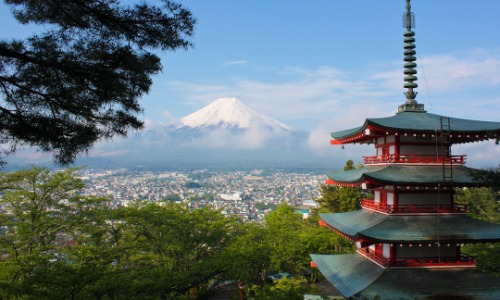Writing has played a crucial role in preserving Japan’s rich cultural heritage. Let’s explore how Japan developed its distinctive writing system and literary traditions.
The Beginning: A Culture Without Writing
Before developing their writing system, Japanese society relied entirely on oral tradition. Skilled storytellers passed down important legends and cultural stories from generation to generation, keeping their history alive through spoken word.
The Chinese Influence
When Japan began establishing connections with mainland China, they made a significant cultural borrowing: the Chinese writing system. This adoption was revolutionary, but it required clever adaptation. The Japanese kept their own language but used Chinese characters (kanji) in two innovative ways:
– On’yomi: Readings based on Chinese pronunciations
– Kun’yomi: Readings based on native Japanese words
Creating a Uniquely Japanese Writing System
The complexity of Chinese characters led to an important development. The Japanese simplified some kanji to create two new writing systems:
1. Hiragana
2. Katakana
These new systems were syllabic, meaning each character represented one syllable, making them more suitable for writing Japanese. Today’s Japanese writing continues to use all three systems together, creating a versatile and expressive writing system.
Recording History and Literature
With these writing tools in place, Japan began documenting its cultural heritage. In 712, scholars completed the Kojiki, Japan’s oldest historical record, preserving ancient myths and legends that had previously existed only in oral form.
The Birth of Japanese Poetry
The year 770 marked another milestone with the completion of the Manyoshu, a groundbreaking poetry anthology. Earlier attempts to write poetry using Chinese styles had faced challenges because Chinese poetic techniques, particularly rhyming patterns, didn’t match Japanese language patterns.
This led to the creation of waka, a distinctly Japanese poetic form using 31 syllables. Waka perfectly suited the natural rhythms and sounds of Japanese, allowing poets to express themselves in their native language’s unique musical qualities.
Legacy
This evolution of writing systems shows how Japan successfully adapted foreign influences while maintaining its cultural identity. The combination of kanji, hiragana, and katakana remains a cornerstone of Japanese communication, demonstrating how a practical need for writing evolved into a sophisticated system that perfectly captures the nuances of the Japanese language.
The development of these writing systems not only preserved Japan’s history and literature but also helped create new forms of artistic expression that continue to influence Japanese culture today.
